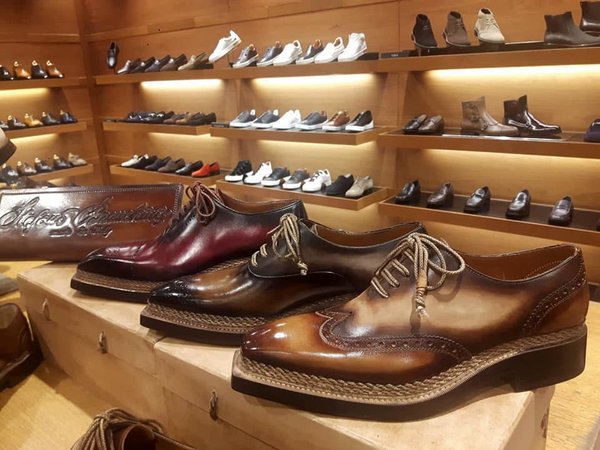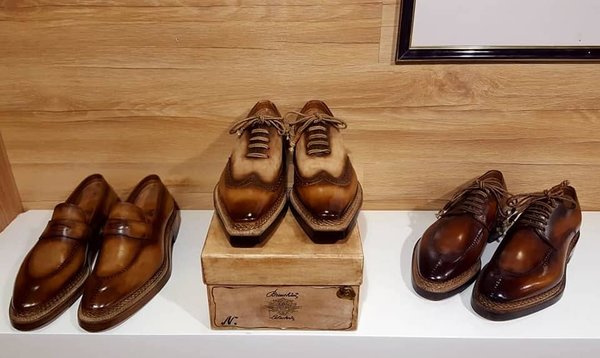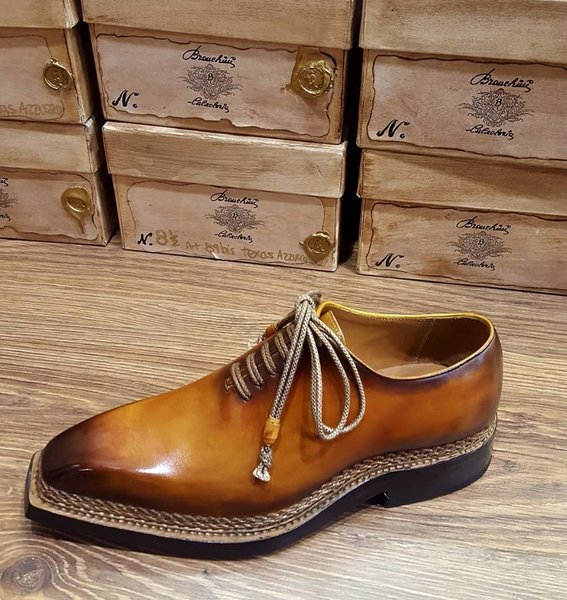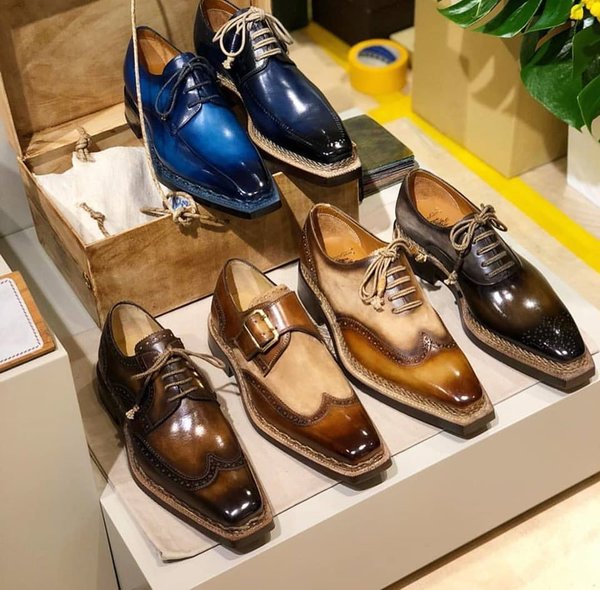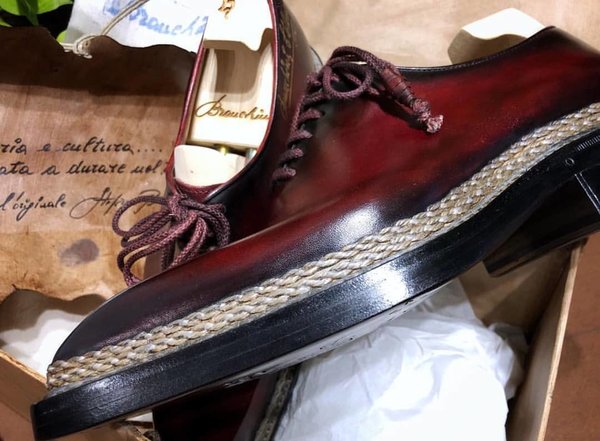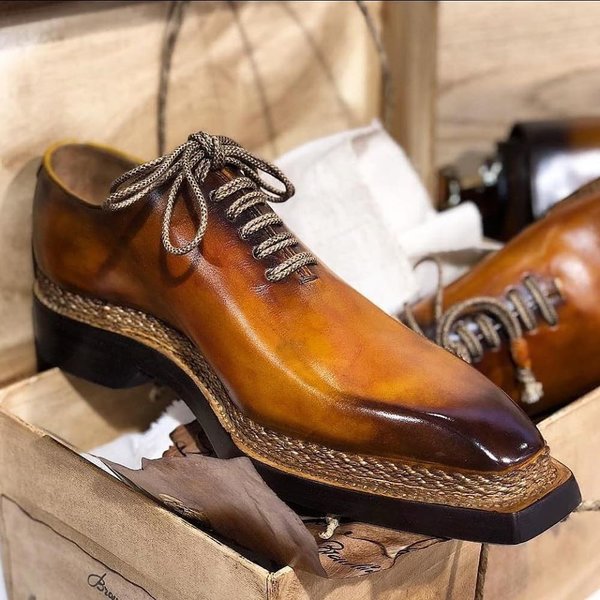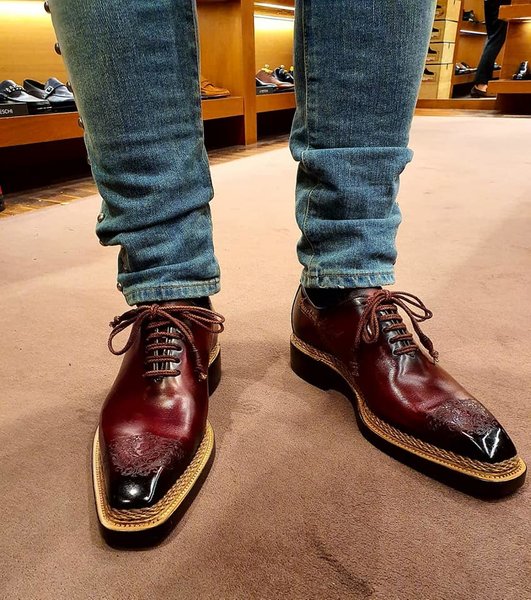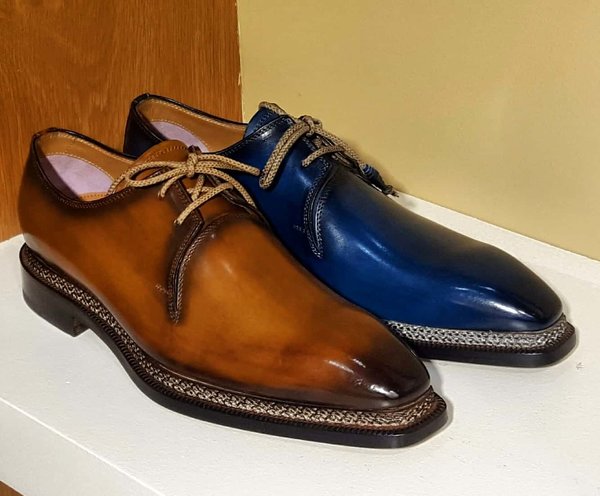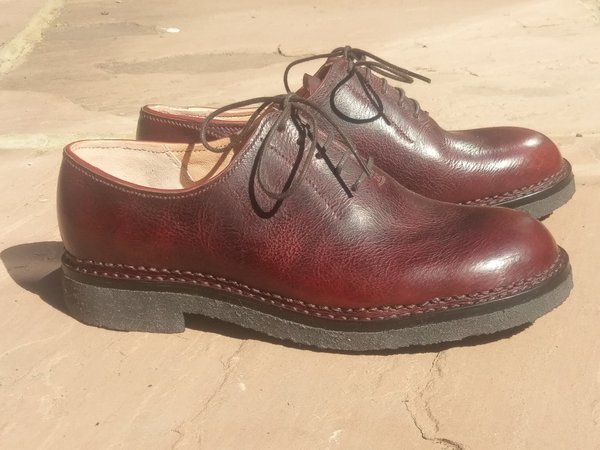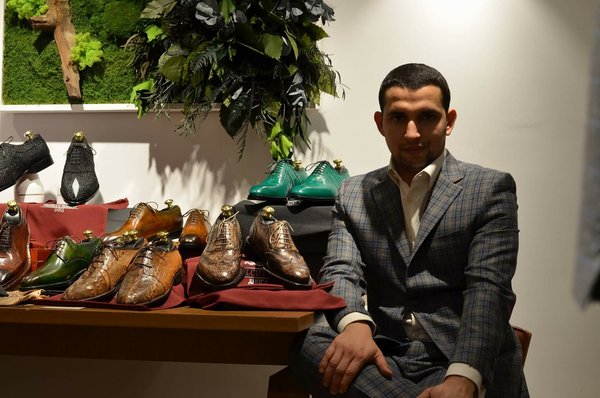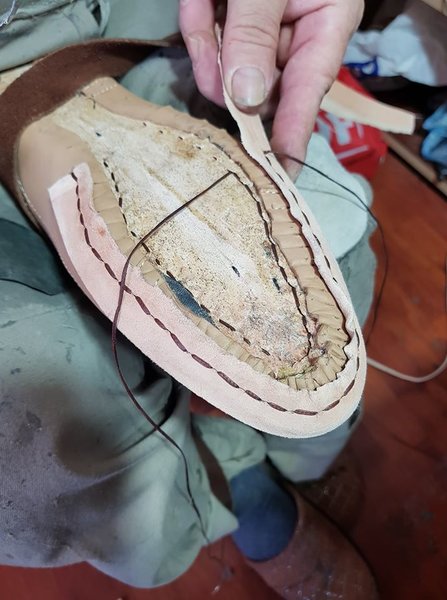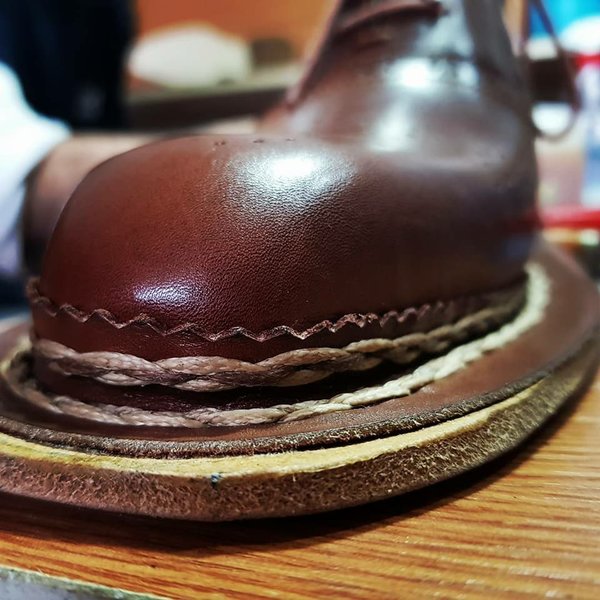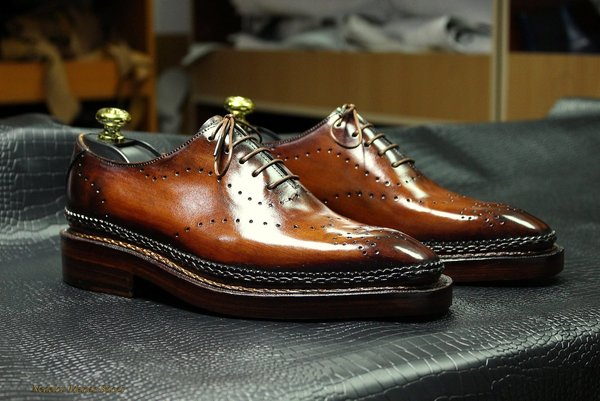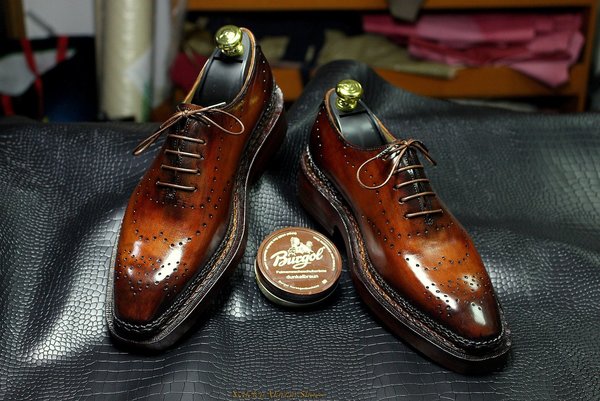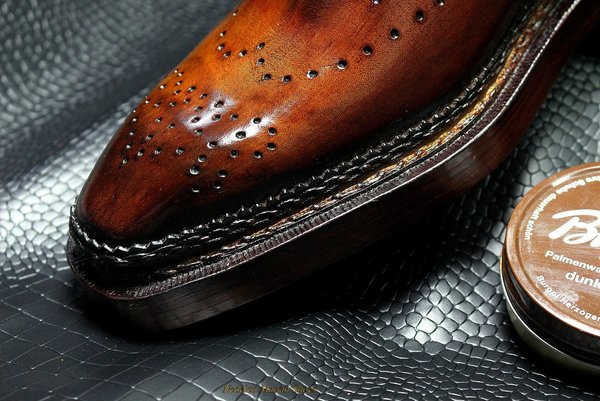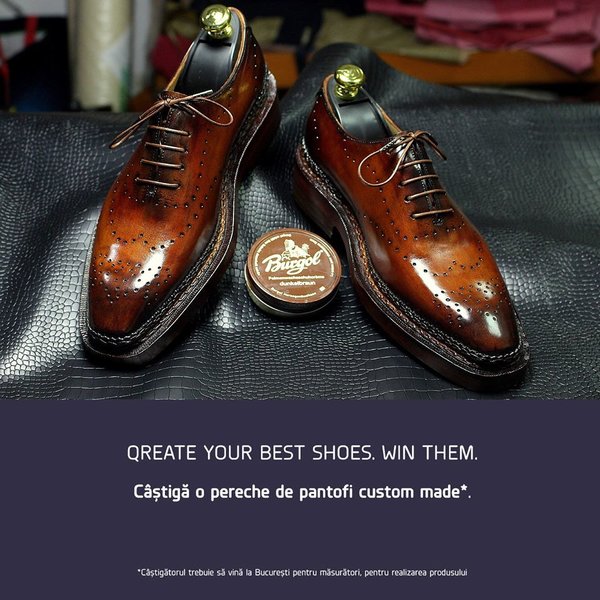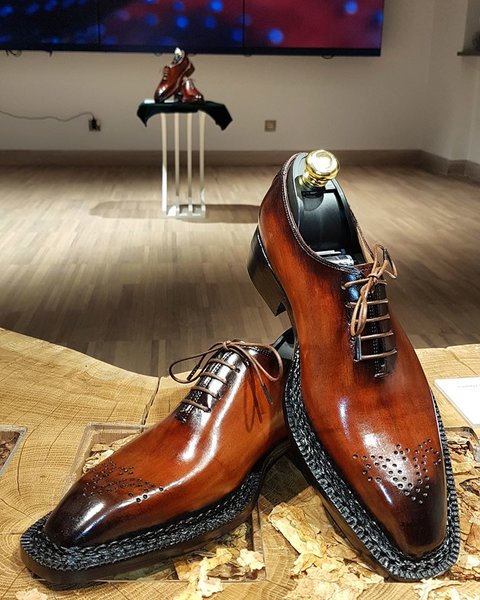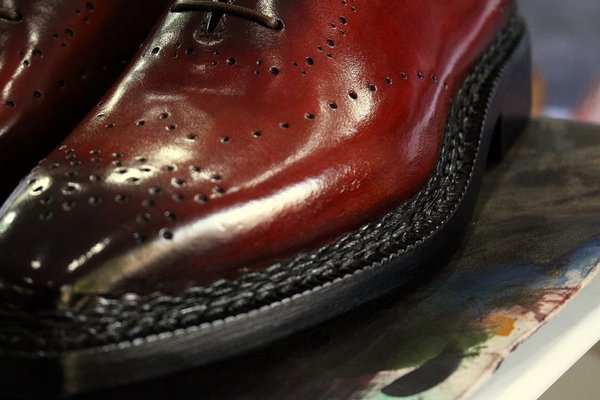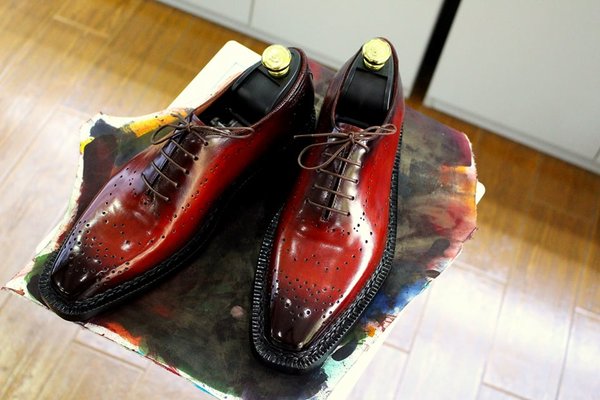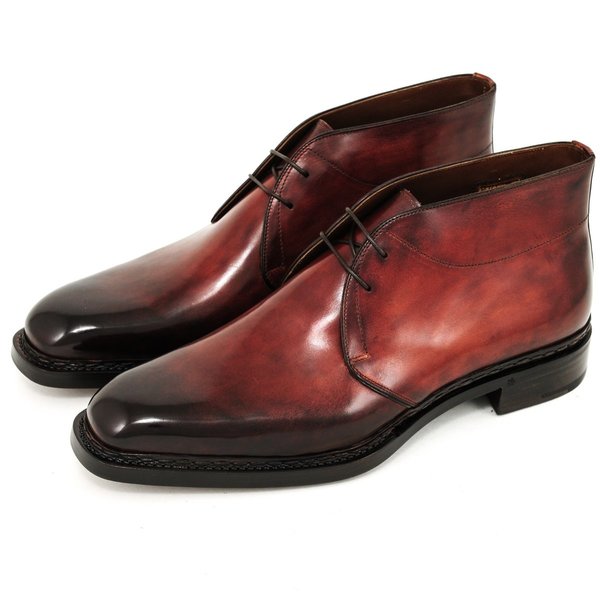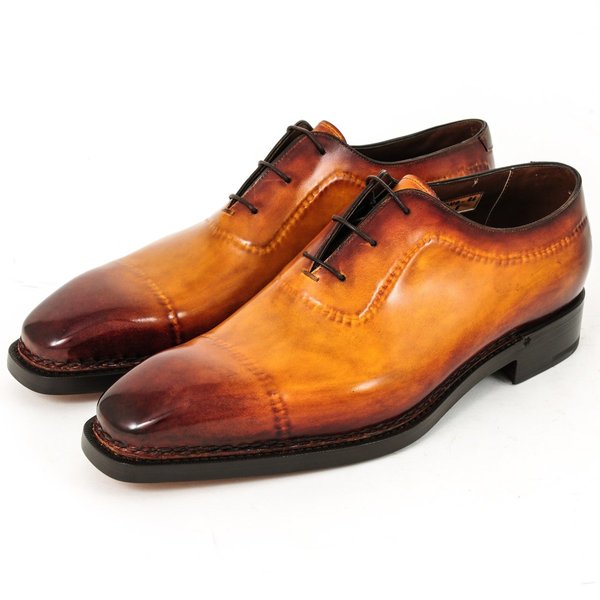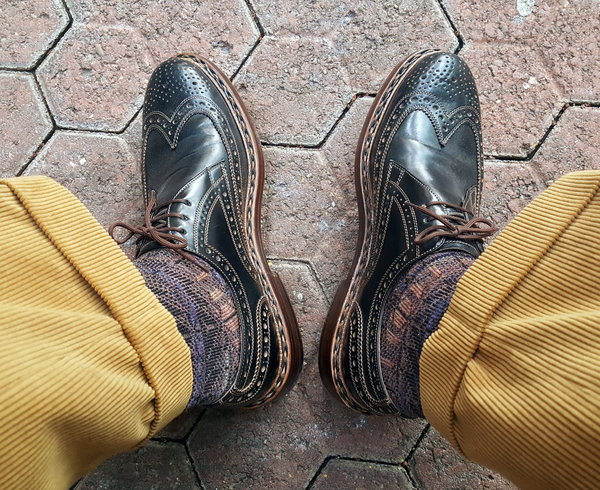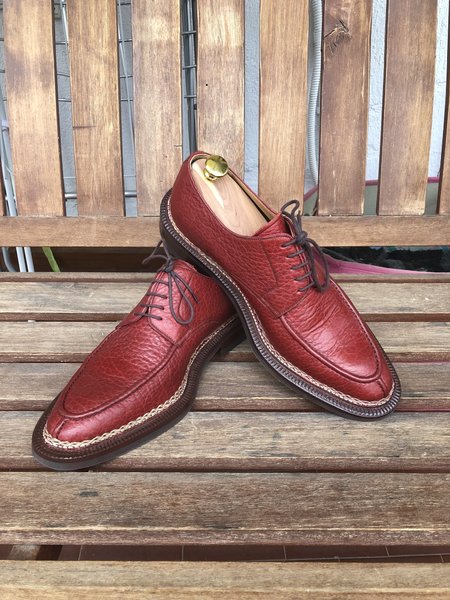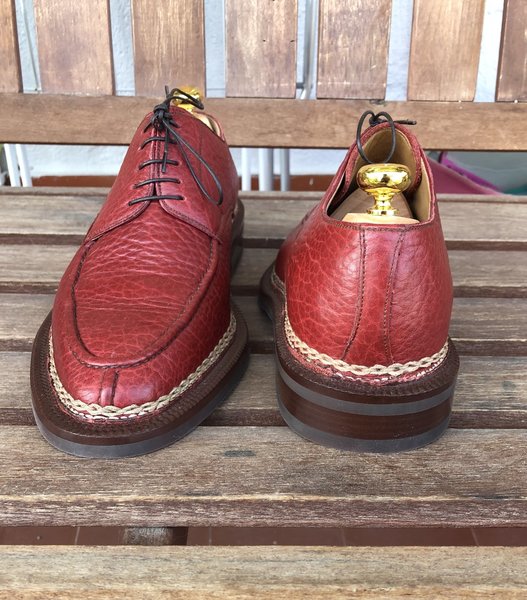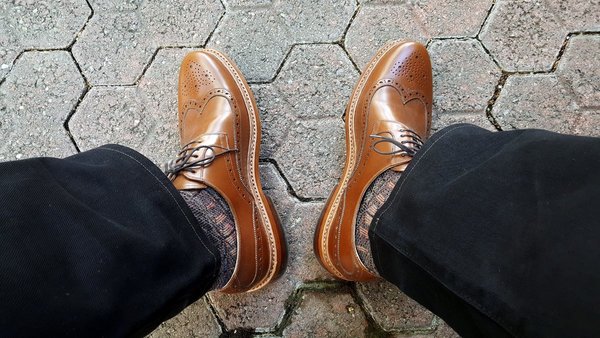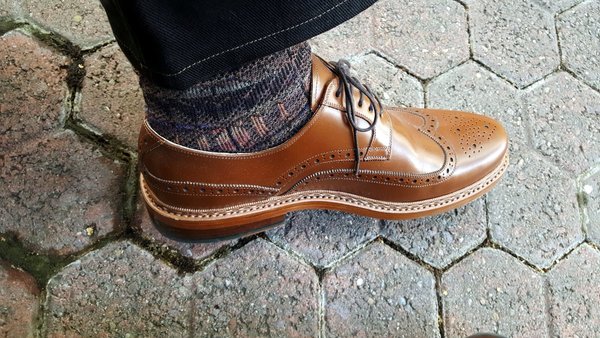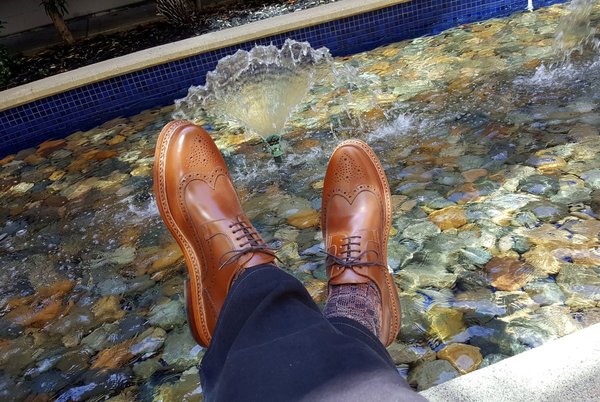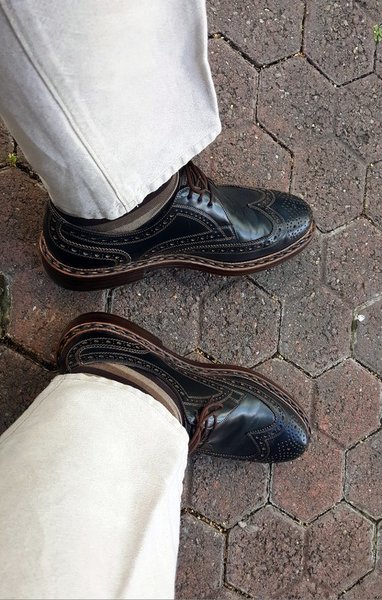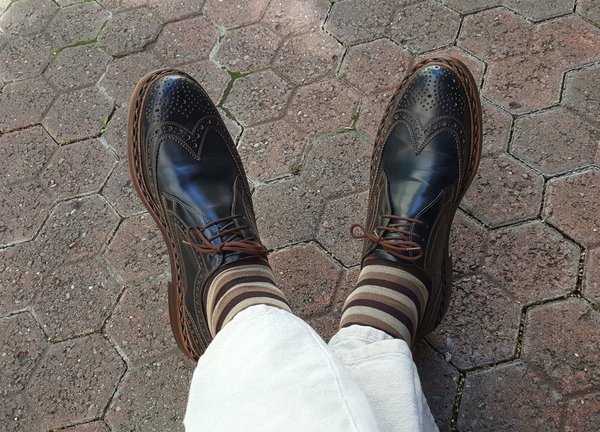- Joined
- Apr 19, 2009
- Messages
- 10,494
- Reaction score
- 7,359
Great info guys.
This is an interesting question.
Why would resoling a shoe with a feather be easier? Surely that's why you have a welt so you don't need to worry about the insole?
I actually PMed DW on this a while ago and one of the things he said is that if you wear through the sole it's more likely to damage the inseam stitching, which would normally be protected in the feather channel.
Piergiacomi channels a feather for his Norwegian stitched shoes but not for his regular handwelted ones - so it's not as if he doesn't know how to channel a feather.
Equally a number of Italian makers (judging by the youtube videos most of them) will not cut a feather ever, they just poke the awl through the insole.
‘Norwegian’ and ‘Norvegese’ are essentially the same construction. In both cases is the upper folded to the outside (check those drawings again).
The fact that quite a few Italian shoemakers (and possibly shoemakers in other parts of the world as well) never do cut a feather is a question of training and experience. They will not cut a feather for hand-welted work either. They have never been trained in that technique, or have at some later point decided this step being unnecessary. After a number of years they will be very good at poking the awl through the insole without the depth-guide of the inside feather.
I neither read Italian, nor have I access to Italian shoemaking textbooks. so I don't know what is considered 'good practice' in traditional Italian shoemaking.
Me like feather better,
inseaming a new insole made more easy if inseam or insole get damage.
Great info guys.
This is an interesting question.
Why would resoling a shoe with a feather be easier? Surely that's why you have a welt so you don't need to worry about the insole?
I actually PMed DW on this a while ago and one of the things he said is that if you wear through the sole it's more likely to damage the inseam stitching, which would normally be protected in the feather channel.
Piergiacomi channels a feather for his Norwegian stitched shoes but not for his regular handwelted ones - so it's not as if he doesn't know how to channel a feather.
Last edited:



